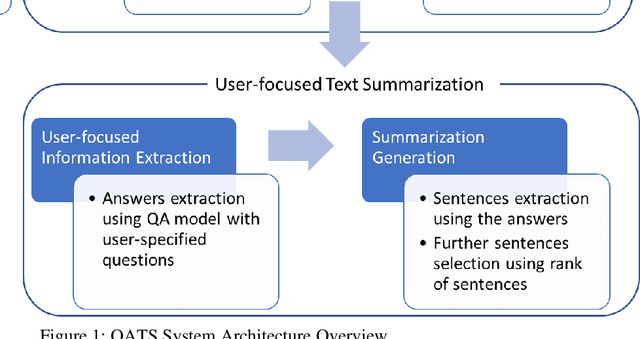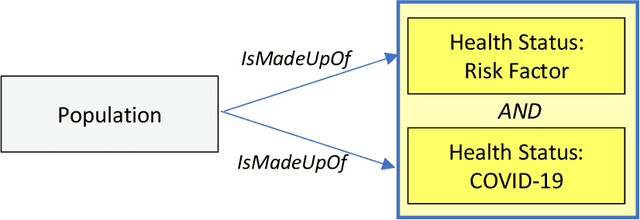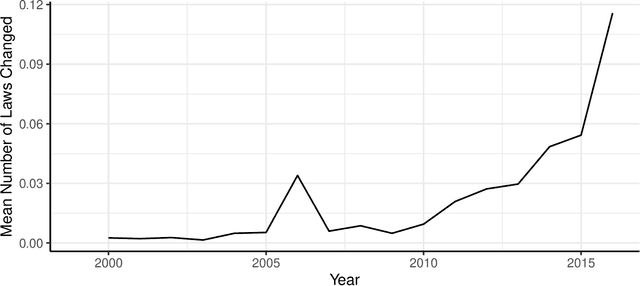Po-Hsu Allen Chen
Ontology-based and User-focused Automatic Text Summarization (OATS): Using COVID-19 Risk Factors as an Example
Nov 18, 2020



Abstract:This paper proposes a novel Ontology-based and user-focused Automatic Text Summarization (OATS) system, in the setting where the goal is to automatically generate text summarization from unstructured text by extracting sentences containing the information that aligns to the user's focus. OATS consists of two modules: ontology-based topic identification and user-focused text summarization; it first utilizes an ontology-based approach to identify relevant documents to user's interest, and then takes advantage of the answers extracted from a question answering model using questions specified from users for the generation of text summarization. To support the fight against the COVID-19 pandemic, we used COVID-19 risk factors as an example to demonstrate the proposed OATS system with the aim of helping the medical community accurately identify relevant scientific literature and efficiently review the information that addresses risk factors related to COVID-19.
State Drug Policy Effectiveness: Comparative Policy Analysis of Drug Overdose Mortality
Sep 03, 2019



Abstract:Opioid overdose rates have reached an epidemic level and state-level policy innovations have followed suit in an effort to prevent overdose deaths. State-level drug law is a set of policies that may reinforce or undermine each other, and analysts have a limited set of tools for handling the policy collinearity using statistical methods. This paper uses a machine learning method called hierarchical clustering to empirically generate "policy bundles" by grouping states with similar sets of policies in force at a given time together for analysis in a 50-state, 10-year interrupted time series regression with drug overdose deaths as the dependent variable. Policy clusters were generated from 138 binomial variables observed by state and year from the Prescription Drug Abuse Policy System. Clustering reduced the policies to a set of 10 bundles. The approach allows for ranking of the relative effect of different bundles and is a tool to recommend those most likely to succeed. This study shows that a set of policies balancing Medication Assisted Treatment, Naloxone Access, Good Samaritan Laws, Medication Assisted Treatment, Prescription Drug Monitoring Programs and legalization of medical marijuana leads to a reduced number of overdose deaths, but not until its second year in force.
 Add to Chrome
Add to Chrome Add to Firefox
Add to Firefox Add to Edge
Add to Edge